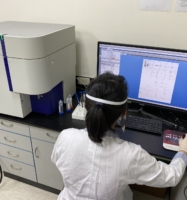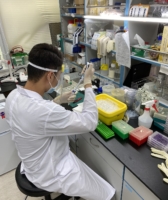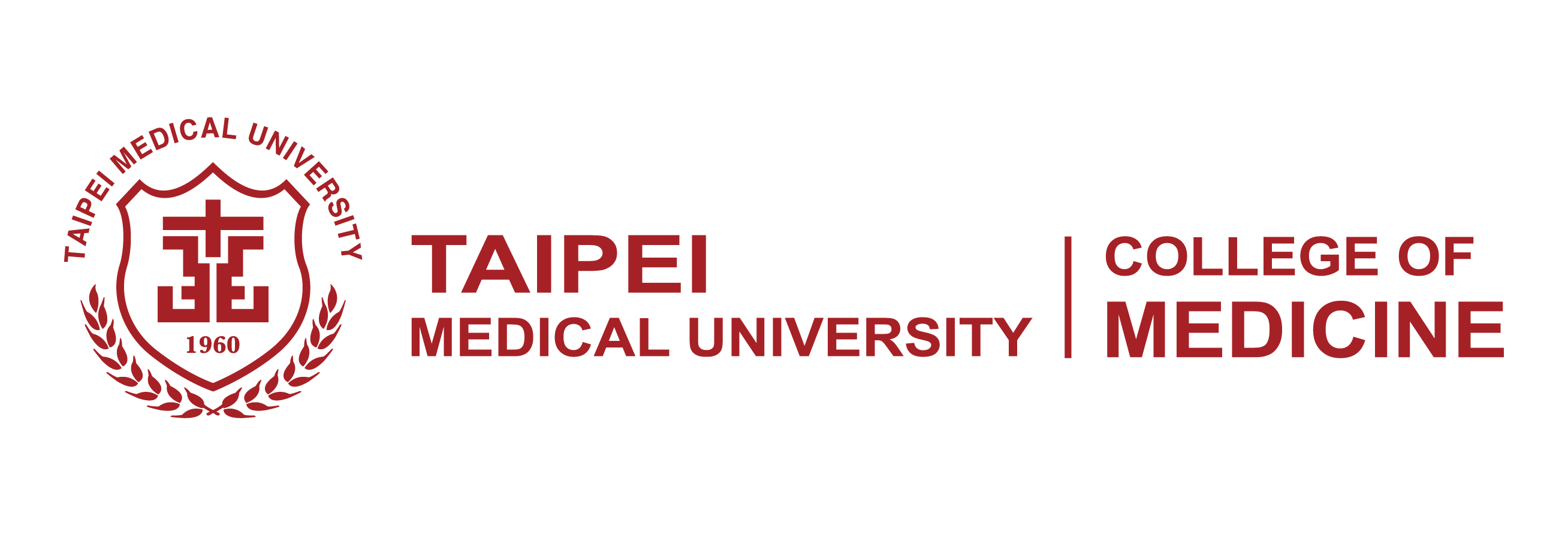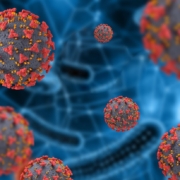[ISSUE CoM]The Treacherous New Crown Virus Journey – Crisis and Turnaround
As the epidemic of Covid-19 Pneumonia raged, topics on the covid-19 virus became the focus of the news. Although the battle against the new coronavirus has not yet seen a clear dawn, the de-quarantine of hundreds of original positive cases has stunned people. However, there are still some unknown puzzles, such as some cases of infection that continue to maintain a weak virus positive and cannot be improved, and the variability of clinical symptoms makes isolation a key treatment method before a definitive treatment. But in the same way, we have also seen some feasible breakthrough concepts for solutions.
Breakthrough diagnosis of new coronavirus
Because the spread of the new coronavirus is mainly transmitted through the fly, the virus will exist in the upper respiratory tract. Respiratory tract specimens can be tested by real-time polymerase chain reaction (RT-PCR) to confirm whether they are infected with new coronavirus. However, the diagnosis can also be made by detecting the specific surface protein antigen of the new coronavirus, or the production of virus-related antibodies in the serum. Through the application of these methods, it is expected to achieve a balance between rapid inspection and cost control. In the same way, through the presence or absence of viral RNA and the sequence of antibody production, the infected person can be divided into the infection stage, once infected, or being infected but without antibody production type, as a reference for subsequent observation and treatment.
Asymptomatic carriers and communicators
At present, the main virus detection method in Taiwan is the PCR detection method, but due to technical problems at the time of collection and inspection, or other infections are not collected at the same time. So even if the test is negative, the presence or absence of the virus cannot be completely ruled out. Due to the large degree of change in symptoms, the virus volume and immune response of some diagnosed people are not the same, which means that some asymptomatic carriers may not be confirmed, making the possibility of community transmission increased. In view of possible community communication, extensive disinfection is the current practice. However, in the face of different environments, the survival time of the virus is different, and the problem of partial disinfection dead ends must be faced.
The key to virus positive to negative
Whether the virus will be cleared in the body, in addition to the amount of the virus when it was initially infected may be the key, there are several other factors that must be considered:
- Local microenvironment: cilia swing on the surface of epidermal cells, composition of immune-related mucus, epidermal cell health, temperature and humidity changes of upper and lower respiratory tract. When there are defects in the microenvironment, such as the damage caused by smoking, it will cause the influence of the virus to increase.
- Innate immunity and acquired immunity: such as natural killer cells, dendritic cells, lymphocytes, white blood cells, and the production of effective antibodies, etc., will affect the virus removal efficiency. How to effectively analyze whether the infected person’s immune system is activated effectively, and whether people with common diseases will cause multi-system effects related to viruses and non-viruses due to imbalance of immune function are all biological factors related to prognosis.

 Crisis and turnaround
Crisis and turnaround
In the case of constant mutation, the new coronavirus will slowly adapt to the human airway environment, resulting in continuous changes in infectivity and pathogenicity. At present, the international treatment mainly focuses on the design of vaccines, as well as poisoning and virus growth inhibition as the main axis. But there are still some directions, perhaps related research that we can embark on.
- Non-specific virus disinfection design: some disinfectants have been proven to control virus growth. By destroying the virus for a long time on the surface of the environment, subsequent infections can be reduced. In addition, by inhaling the virus to make the virus ineffective, it is believed that the initial infection or asymptomatic carriers can reduce the amount of virus, reduce the risk of subsequent virus replication, and shorten the isolation time.
- The introduction of telemedicine and wearable devices: the impact of viruses on the lungs, causing the risk of respiratory failure. Although home quarantine reduces medical collapse, if the deterioration of the condition is rapid, it will also cause rapid death of the patient. Through effective wearable device combination and telemedicine analysis of specific physiological data, patients who need to be hospitalized as early as possible can be found, thereby reducing mortality.
- Medical robots: In the early stage of the new coronary pneumonia, the lack of isolation clothing and protective equipment caused many medical personnel to threaten. In fact, the robots developed in Taiwan already have a preliminary negative pressure isolation monitoring function. Through reproducible and simple disinfection of medical robots, the burden on medical staff can be reduced, and the patient’s activity patterns can be analyzed to speculate on the progress of the disease.
- Reusable high-end protective equipment: At present, many protective clothing and equipment are designed for single use. However, with the strength of Taiwan’s textile industry, combined with related component design, the protective equipment can be designed to be reusable after disinfection, which can be promoted for multiple uses in the future to overcome the risk of lack of materials.
We are cautiously optimistic about the epidemic
Facing of the raging of the New Coronavirus, due to the use of Taiwan’s epidemic prevention and quarantine energy, under the effective border control measures, the domestic epidemic situation is stable. But as more and more cases are moved overseas, or there may be potential outbreaks of community cases, we must strengthen the treatment energy part. I believe that through the realization of more anti-epidemic proposals and the verification of relevant immune markers, we can better understand the key factors of the impact of the new coronavirus, and use this opportunity to strengthen the integration of related industries, as an important reference for the future comprehensive prevention of emerging infectious diseases.
 Assistant Professor. Chou, Pai-Chien
Assistant Professor. Chou, Pai-Chien
Division of Thoracic Medicine , Department of Internal Medicine, School of Medicine
Research Interests: Asthma and COPD, Allergy, Lung cancer, AI in medicine
E-mail: b7801092@tmu.edu.tw









 Total Users : 131956
Total Users : 131956
